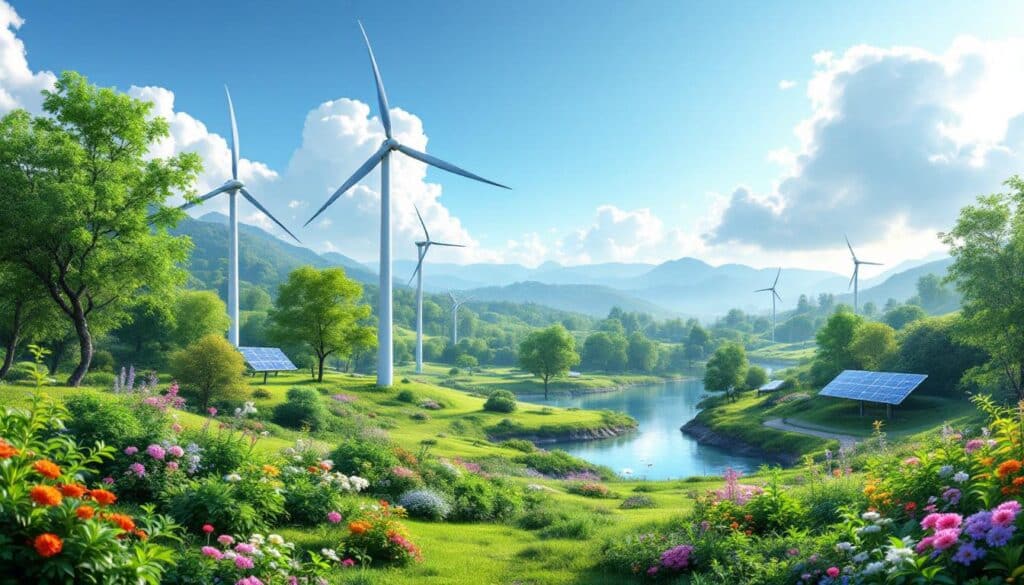In 2023, the concentration of planet-warming pollutants reached record levels, according to the World Meteorological Organization (WMO). Carbon dioxide (CO2) increased by more than 10% in just two decades, reaching 420 parts per million (ppm), a level that is 151% higher than before the industrial revolution. Levels of methane and nitrous oxide also saw significant increases. Wildfires and a decreased capacity of trees to absorb carbon exacerbated this situation, while the ongoing use of fossil fuels contributes to this growing challenge. The Paris Agreement aimed at limiting warming is threatened, as our emissions continue to grow.

Record levels of greenhouse gases in 2023
In 2023, the levels of carbon dioxide in the atmosphere reached an alarming peak of 420 parts per million, a figure that reflects the speed at which these gases are accumulating. Since the beginning of the industrial era, human activities have significantly increased these concentrations by 151%. The continued emissions of fossil fuels such as coal and oil, coupled with natural events like intense wildfires, have exacerbated this phenomenon. This increase not only has implications for the climate but also underscores the urgency of acting to limit what seems inevitably to lead to an environmental catastrophe. Learn more.
Methane and other pollutants driving the climate crisis
Along with the rise in CO2, methane reached 1,934 parts per billion, marking a massive increase of 265% compared to pre-industrial levels. Methane, despite being present in smaller quantities than CO2, has a much higher warming potential in the short term, making it particularly concerning. Other pollutants like nitrous oxide have also seen their levels soar, reaching 336.9 parts per billion. These increases highlight not only the mistakes of the past but also emphasize the need to urgently reconsider our energy and agricultural approaches. Learn more.
The implications and solutions for the future
The current concentration of greenhouse gases resembles that of a time when the Earth was 2 to 3 degrees warmer. Solutions focused on renewable energy, such as green hydrogen and wind energy, are essential. These alternatives, while promising, require substantial investment. Experts estimate that between $1 trillion and $2 trillion are needed each year until 2050 to hope to reverse the trend. Technological innovation, combined with bold political changes, could hold the key to our survival. Learn more.
⚠️ Alerte aux polluants éternels !
— Envoyé spécial (@EnvoyeSpecial) April 9, 2024
Des polluants toxiques rejetés dans l’environnement par #Arkema autour de Lyon ?
? C’est l'enquête que nous avons menée et les conclusions dépassent ce que nous avions pu imaginer ⏯ https://t.co/wYBcufar6c pic.twitter.com/9tTiExWurX
Articles similaires
Thank you!
We will contact you soon.













